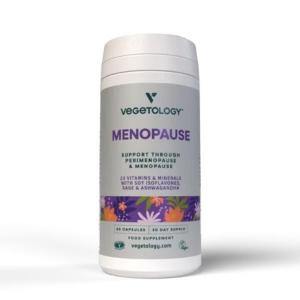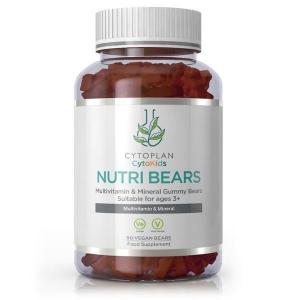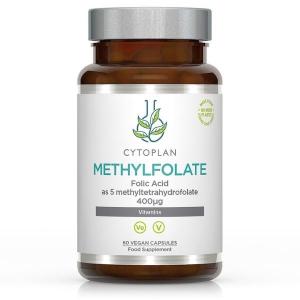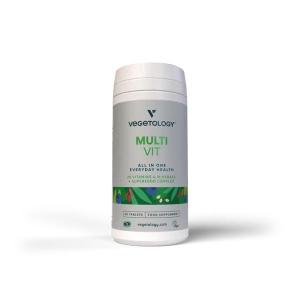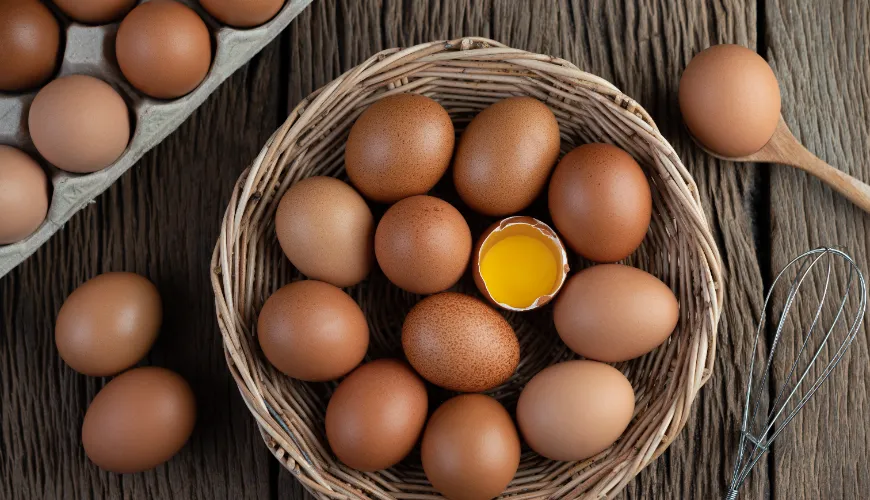
How to Prepare Delicious Fruit Leathers with Various Ingredients
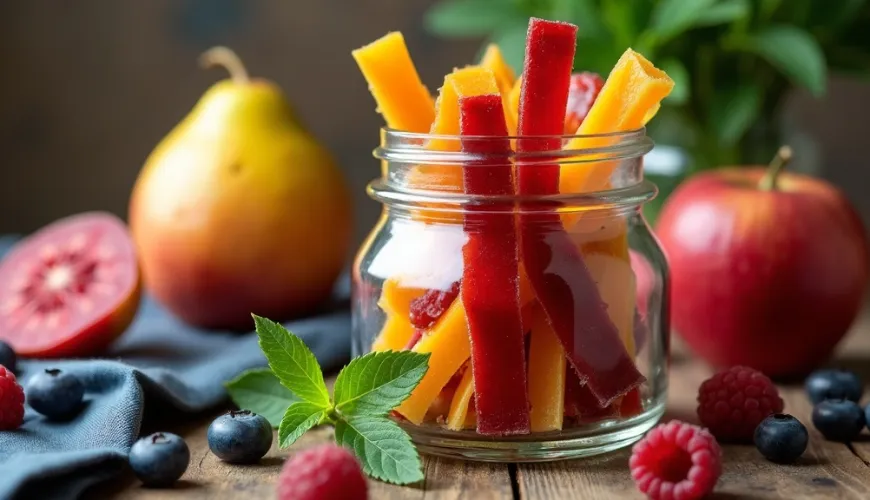
Fruit Leathers - Healthy Snacking You Can Make at Home
Fruit leathers, also known as fruit rolls, are a sweet treat gaining increasing popularity not only among health enthusiasts but also among parents looking for healthier alternatives to regular sweets. Their preparation is surprisingly simple, and the possibilities for flavoring them are almost endless. Moreover, it's a great way to process excess or slightly overripe fruit that might otherwise end up in the trash.
What are Fruit Leathers?
Fruit leather is a thin layer of dehydrated fruit puree, which, after drying, acquires a flexible consistency reminiscent of fruit parchment. Sometimes referred to as a fruit snack, fruit leather, or fruit rolls, the result is a natural treat without added sugar, coloring, and preservatives, which you can easily make at home—without the need for specialized equipment.
The advantage is that you can choose not only the types of fruit according to the season but also flavor combinations that suit you. Whether you opt for sweeter versions with strawberries and bananas, or tangy combinations like apples with currants, fruit leathers satisfy the sweet tooth while providing the body with fiber, vitamins, and antioxidants.
How to Prepare Fruit Leathers in the Oven and Dehydrator
One of the most common questions is how to prepare fruit leathers. There are essentially two main methods—preparing fruit leathers in the oven and preparing fruit leathers in a food dehydrator.
If you don't have a dehydrator, don't worry. Most households have an oven, which will work just as well if you set it to a low temperature and leave the door slightly ajar to allow moisture to escape.
Step-by-Step Recipe for Fruit Leathers:
- Choose your fruit – preferably ripe, sweet, and juicy. Favorites include apples, pears, blueberries, strawberries, mango, or bananas. Combinations are up to your imagination—great ones include raspberries with apples or peaches with pineapple.
- Wash, clean, and cut the fruit into smaller pieces.
- Blend into a smooth puree. If it's too thick, you can add a little water or lemon or orange juice. For a more intense flavor, add a pinch of cinnamon, vanilla, or a few mint leaves.
- Flavor as needed. If the fruit is sweet enough, there's no need to add sugar. For sourer types, you can add a bit of honey, agave syrup, or blended banana as a natural sweetener.
- Spread the puree on a baking sheet lined with parchment paper or a silicone mat. Spread it evenly into a thin layer about 3 mm thick—not too thin to tear, nor too thick to dry well.
- Dry in the oven at a temperature of 50–70 °C for about 6–8 hours. Leave the door slightly open to let steam escape. If you have a dehydrator, the process is similar—set the temperature to 50 °C and dry for 6–10 hours depending on the mixture's moisture and thickness.
- You'll know the fruit leathers are done when they are flexible but don't stick to your fingers. Once cooled, you can cut them into strips and roll them—ideally using parchment paper to prevent sticking.
Store them in an airtight container, preferably in the fridge, where they will last for several weeks. They can also be frozen, with their texture remaining intact.
Why Include Fruit Leathers in Your Diet?
Fruit leathers are not only tasty but can also be nutritionally valuable. If prepared without added sugar, they contain only what you put into them—vitamins, fiber, natural sugars, and antioxidants. They are an ideal snack for travel, school, work, and hiking. Kids love them for their sweet taste and fun shape—they remind them of classic candies or fruit bars.
Try our natural products
An example is a mother of two from Brno who decided to replace sweets in her children's diet with homemade fruit leathers: "The kids choose the fruit themselves and help spread it on the baking sheet. They see it as a game, and I'm glad they know what they're eating. Plus, it costs me almost nothing because we use fruit that isn't perfect anymore."
Tips for Unconventional Combinations and Uses
In addition to classic combinations, you can experiment with herbs or spices. Mango with chili, apple with star anise, or plums with lavender offer an unexpected taste experience. Another great combination is blueberries with lime juice or strawberries with basil.
Fruit leathers can be used in other ways than just as a snack. Cut into small cubes, they work as healthy "candies" in porridge, muesli, or yogurt. You can also use them to decorate cakes or add them as an unconventional sweet treat in homemade gift packs.
If you bake with children, try mixing a bit of vegetables into the mixture—such as carrots or pumpkin. They complement the fruit well, and kids usually accept them without issues. According to nutritionist Jana Buchtová from the website Zdravá výživa.cz: "Homemade fruit leathers are a great way to naturally replace industrially processed sweets. Kids love them, and parents have control over the ingredients."
What to Do If Fruit Leathers Don't Turn Out Right?
Sometimes fruit leathers crack, break, or stick. The most common mistake is a layer of puree that's too thin or a temperature that's too high during drying. If your leather sticks to the parchment paper, try lightly moistening it and carefully peeling it off. If it's too brittle, you can crumble it into yogurt or use it as a healthy topping for porridge.
On the other hand, overly soft, gummy, or sticky leathers might mean they weren't dried enough. In that case, return them to the oven or dehydrator for a while.
Sustainability and Zero Waste
Fruit leathers are not only healthy and tasty—they are also environmentally friendly. They help use fruit that is no longer ideal for direct consumption but still has excellent flavor. At a time when tons of food are wasted annually, any method to reduce waste is a step in the right direction.
Moreover, if you make fruit leathers yourself, you avoid packaging and plastics that would otherwise end up as waste. They can be stored in reusable bags, jars, or wax wraps, which is another step towards a more sustainable household.
Home-made fruit leathers are not only fun and creative but also a responsible choice that connects health, taste, and sustainability.
Whether you're looking for a way to replace sweets or just want to spice up your diet with something unconventional, homemade fruit leathers are a simple and effective solution. And once you try making them, you probably won't go back to store-bought fruit snacks.
